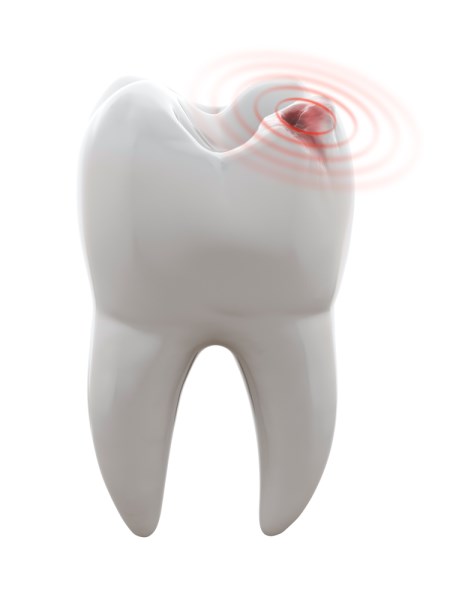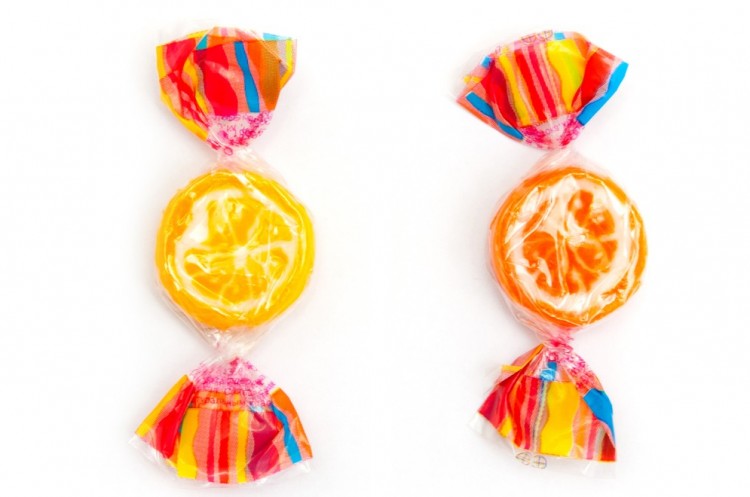What Causes…. Toothache
PUBLISHED IN TCI WEEKLY NEWS
September 28th 2013
Toothache can be from a live tooth or one that is dead or dying and in each scenario the cause may be different. In general I would recommend an over-the-counter painkiller as an immediate treatment for toothache and then a visit to the dentist to determine exactly the cause of the toothache after which the correct treatment can be carried out and the pain relieved.

 There are several reasons why you might experience bad breath, or halitosis, with the most common cause being poor oral hygiene. When teeth are not brushed and flossed regularly or well enough, food debris will remain in the mouth and plaque will accumulate which leads to calculus build up. Calculus is the hard, chalk-like material that cannot be removed by brushing alone. When this is allowed to build up, it can lead to gum disease and one of the symptoms of gum disease is bad breath.
There are several reasons why you might experience bad breath, or halitosis, with the most common cause being poor oral hygiene. When teeth are not brushed and flossed regularly or well enough, food debris will remain in the mouth and plaque will accumulate which leads to calculus build up. Calculus is the hard, chalk-like material that cannot be removed by brushing alone. When this is allowed to build up, it can lead to gum disease and one of the symptoms of gum disease is bad breath.





 This is the second article looking at the topic of cosmetic dentistry, which is the treatment of teeth for the purpose of improving appearance rather than for clinical reasons. Veneers and crowns can be used to improve colour, size, shape and position of teeth including closing spaces between teeth and can have a significant impact in improving a person’s smile.
This is the second article looking at the topic of cosmetic dentistry, which is the treatment of teeth for the purpose of improving appearance rather than for clinical reasons. Veneers and crowns can be used to improve colour, size, shape and position of teeth including closing spaces between teeth and can have a significant impact in improving a person’s smile.